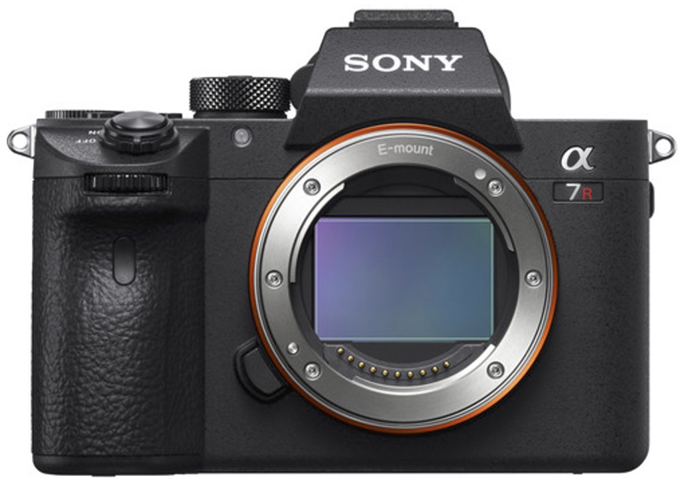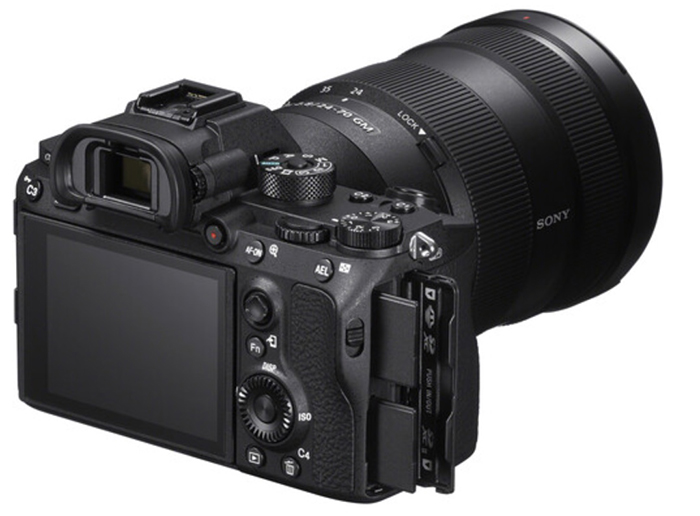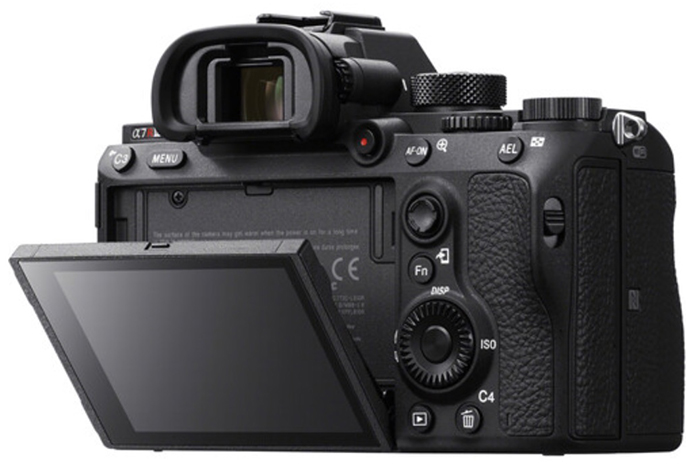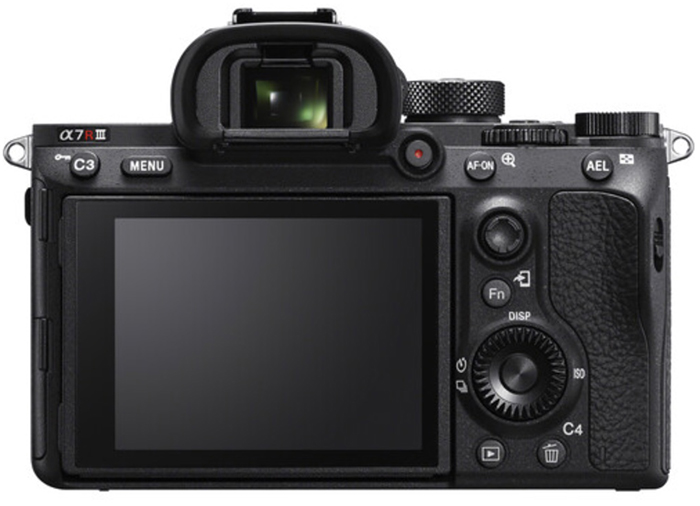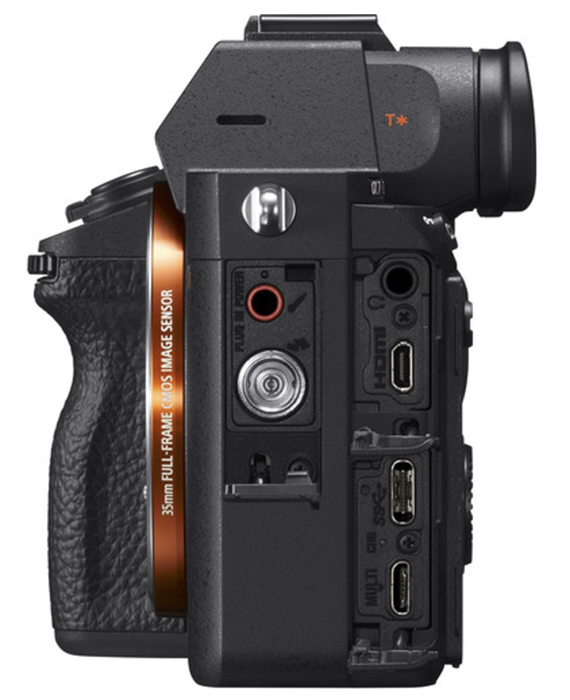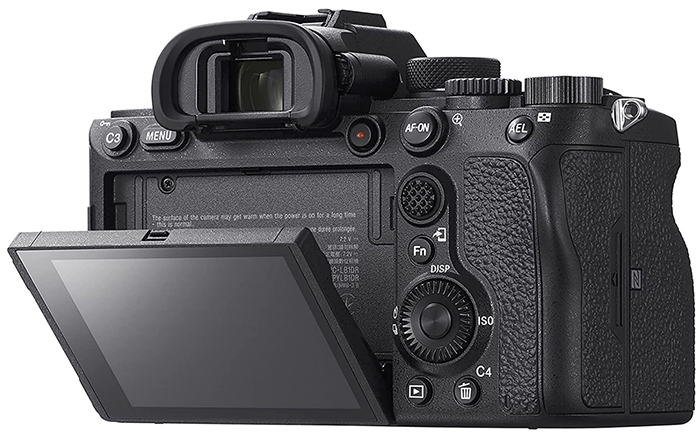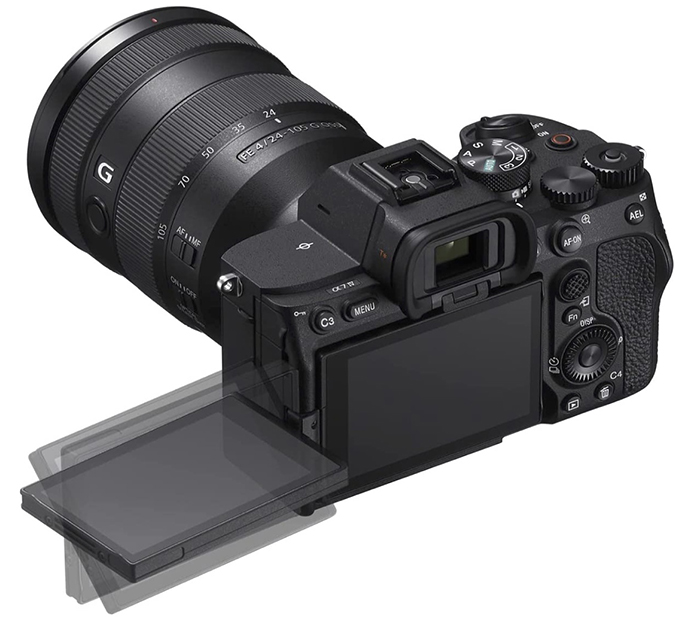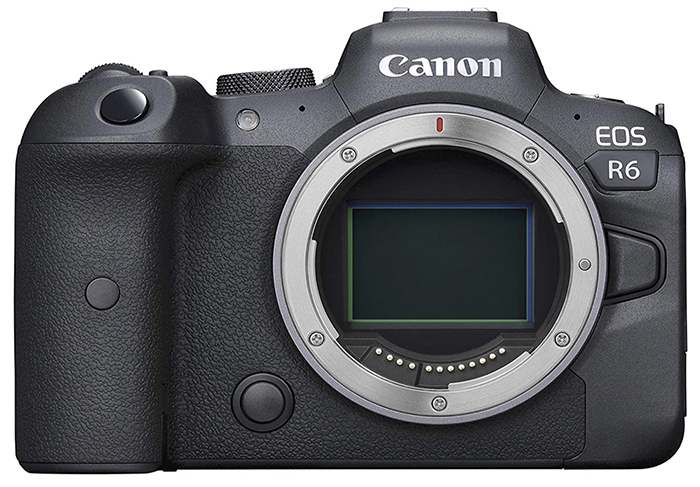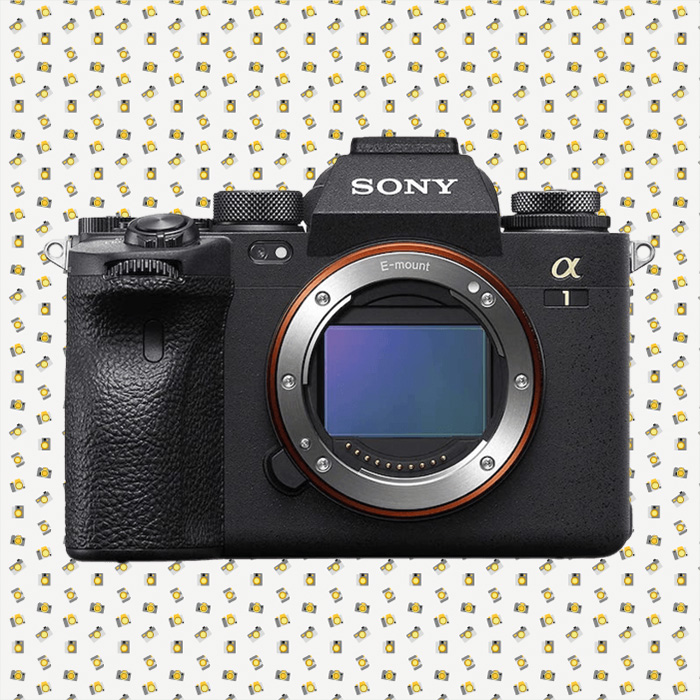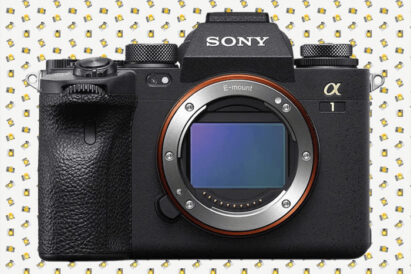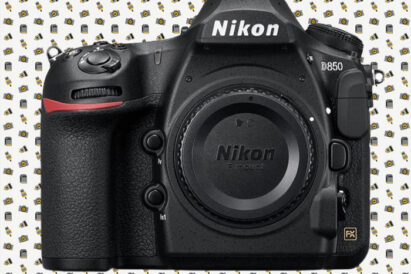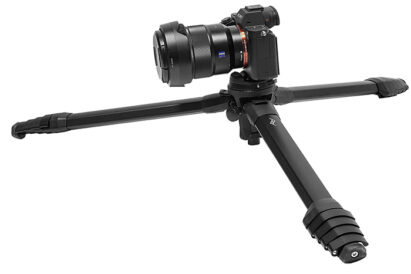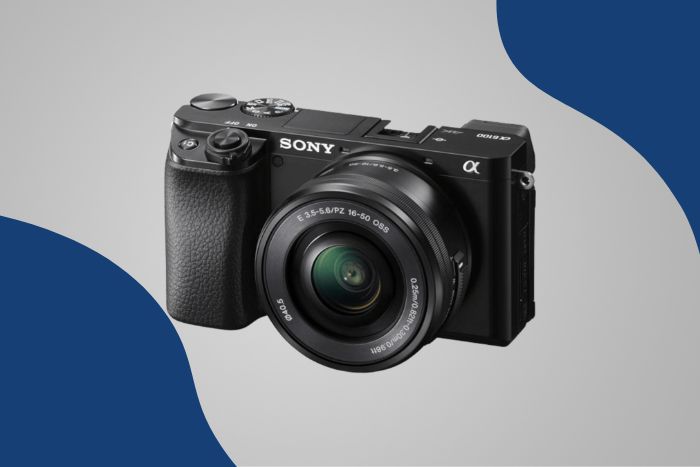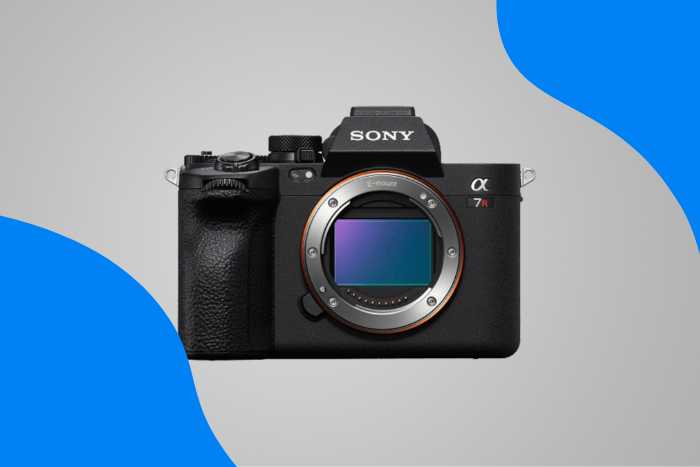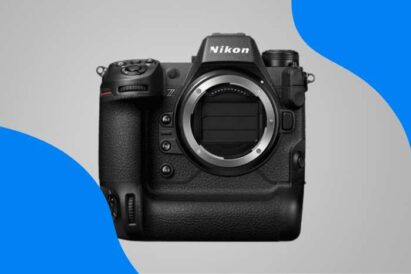My Sony a7R III is a workhorse. I just returned from a trip to Turkey where I shot street, wildlife, and landscape photography. I bought this camera body in 2017 when it was new, and I am closing in on 90,000 shutter clicks. But Sony has been busy since then. They have released the a7R IV, a7 IV, a9 II, a7S III, and the mega-powered Alpha 1.

Sony a7R III
In this Sony a7R III review, I am looking at how the older camera body stacks up to the newer models. Is it time for an upgrade?
If you are looking at switching to Sony’s mirrorless camera system, you may have a couple of concerns. You may not like the high price of the flagship Alpha 1 or need the high resolution, and large image file size, of the a7R IV. Is the a7R III the perfect compromise?
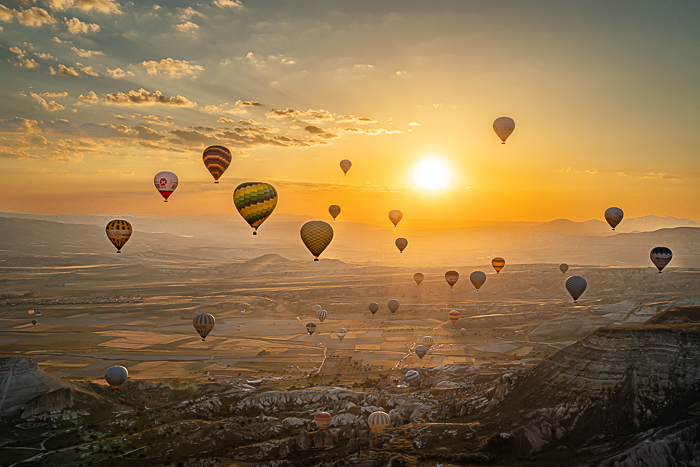
Sony a7R III Overview
The Sony Alpha 7R III (ILCE-7RM3) is an interchangeable lens, full frame mirrorless camera. The ‘R’ stands for “resolution.” In the Sony lineup, the R-series has a higher resolution, making these cameras perfect for landscape photography. The a7R IV is the current model.
The S-series is designed for low-light and video performance. There is also a general, all-around version of the camera. In Sony’s naming system, this camera does not have a signifying letter. The current version is the a7 IV. The a9 II is a dedicated sports/action camera.
Sony released the a7R III in October 2017. It was an upgrade to the Sony a7R II. Learning from the first two versions of alpha cameras, this third generation shows the direction of the technology to come.
Sony’s flagship Alpha 1 is hard to beat with its fast speed and 50 MP. But this image quality comes with a high price tag.
Even though this is not the newest version of the camera, you can still buy the a7R III body new. And there are many used and renewed cameras for sale. The earlier version, the a7R II, is still available as are Sony’s popular crop-sensor bodies like the a6400.
Sony quietly discontinued the original version of the camera and replaced it with the a7R IIIA. Changes were slight. Primarily, the back LCD screen was significantly improved as was the USB port. My experience has been with the original version of the camera.
What’s Special About the Sony a7R III?
The Sony a7R III is a high-resolution camera with many of the upgrades found in newer Sony full frame bodies at a fraction of the cost. It has superb image quality.
The Sony a7R III may be the sweet spot where high resolution, advanced Sony technology, and price converge.
Sony a7R III Key Features and Performance
Let’s look at some of the key features of the Sony a7R III. How does this older body stack up against the newer Sony offerings like the a7R IV, the a9 II, and the flagship Alpha 1? With the strengths and weaknesses of this body in mind, you can decide if the a7R III is the right mirrorless camera for you.
Body Design and Menu System
Sony significantly redesigned the a7 II body. The a7R III feels substantial and well-built. It is slightly smaller than newer bodies but larger than the first and second generation of Sony’s full frame cameras.
Learning from the previous versions, Sony made the body slightly larger for better handling. The grip is deeper and more ergonomic.
The larger body also allows for two SD card slots and a larger-capacity battery. Sony has kept a similar design for the newer models. But they have deepened the grip even more for comfort. You may notice a difference if you hold the bodies, but you are unlikely to see a big difference.
The camera measures 127 x 96 x 74 mm (5 x 3.78 x 2.91″) and weighs 657g (1.45lb). The Alpha 1 is heavier at 737 g (1.62lb) and slightly larger, but newer models only vary by a few millimeters in size.
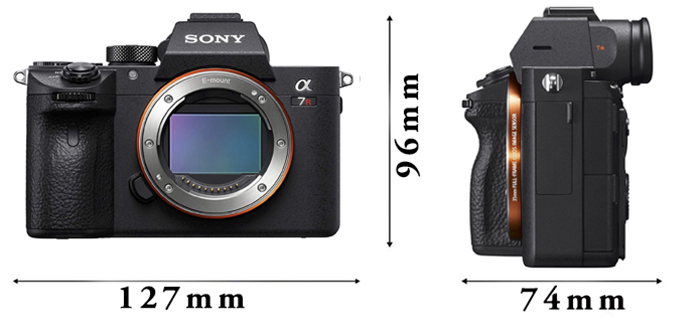
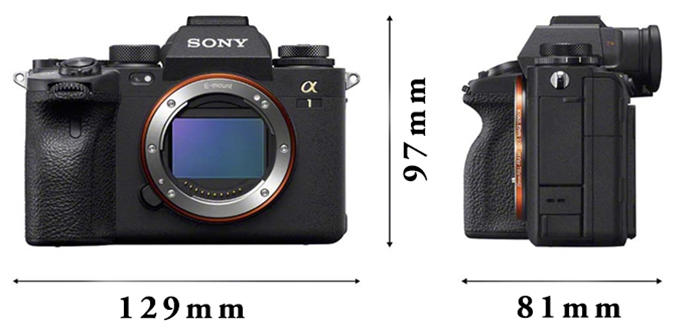
The body is weather sealed rather than weatherproof.
From my experience, Sony is understating the sturdiness of the body. I do not recommend taking the camera out in pouring rain. But mine has been out in all sorts of weather conditions without a hiccup. This includes hikes through rain forests and -35 degree Celsius winter hikes in Yellowstone National Park.
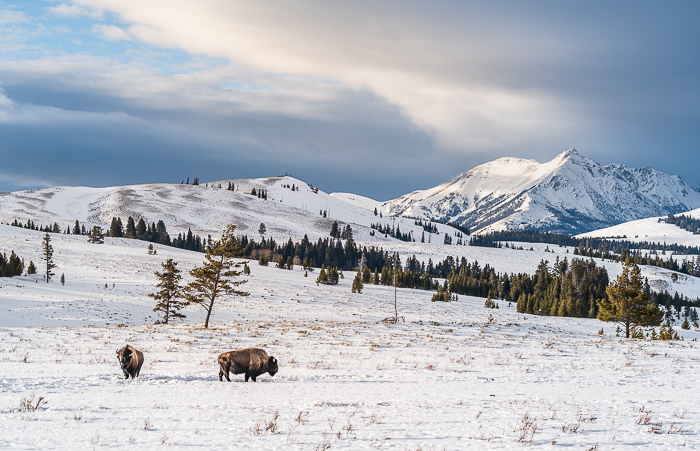
The a7R III was the first Sony body to contain dual card slots. One is UHS-I, and the other is the faster UHS-II (SDHC/SDXC). In the newer Sony full frame cameras like the Alpha 1, you can use regular SD cards or the faster, and more expensive, CFexpress cards. This change is important for photographers who need super-fast read and write speeds.
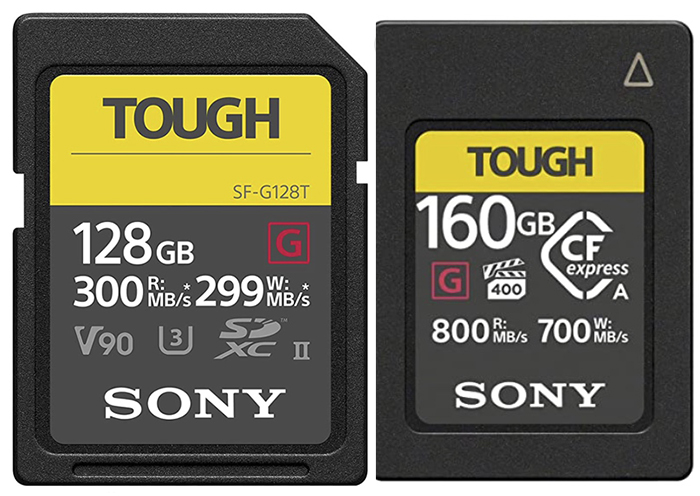
With the Live View display turned on, you can see changes in settings in real time. These include exposure, white balance, and color profiles. You can see what your image will look like before you press the shutter button. Live View works both in the electronic viewfinder and on the back LCD screen.
The a7R III has a high-resolution electric viewfinder (EVF) with a 3.69 million dot Quad-VGA OLED. It has a magnification of 0.78x and 100% coverage. This viewfinder is used in many of Sony’s newer cameras. But the a7R IV and the Alpha 1 both have improved EVFs. Currently, the Alpha 1 has the best EVF on the market, with 9.44 million dots and a magnification of 0.90x. Looking through the a7R III viewfinder, it is easy to forget that you are looking at a projection and not through an optical viewfinder.
The rear 75 mm (2.95-inch) LCD screen tilts up by 107 degrees and down by 41 degrees. It has a resolution of 1.44 M dots. If you have a newer a7R IIIA model, the LCD monitor resolution increases to 2.36 M dots. A redesign of the screen has made it easier to tilt.
Cameras, especially those produced for the video market like the a7 IV, now include multi-angle tilt and flip-out LCD screens. The screen is touch sensitive. You can use it to select a focus point. If there is a minor complaint, it is that menu items cannot be selected with the touch screen. This has been fixed in the newer alpha cameras.
The customizable buttons and menu system were redesigned for the a7R III. The AF-ON and AEL became separate customizable buttons, and Sony added a joystick to move the focus point.
This camera has many features, and it is worth it to take some time and program your favorites onto one of the buttons or in the Quick Function menu. The video record button is also more conveniently placed.
The video record button has moved to the top front of the camera on the a7 IV and the a9 II. The Alpha 1 includes a handy drive mode dial on the top left. The buttons are well-placed, and Sony has continued to improve button and dial placement and tactile feedback.
Sony improved the confusing menu system for the a7R III. But it has since been completely redesigned the menus for the a7 IV and the Alpha 1. The menus on the newer cameras can be controlled with the touchscreen. Unfortunately, Sony has no plans to update the older menu systems.
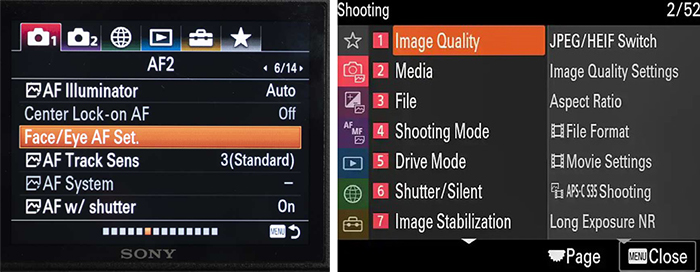
Sony has made many improvements to the alpha line in the last few years. But overall, the body and design of the a7R III hold up well next to the newer models. Let’s explore under the hood.
Sensor and ISO Sensitivity
The Sony a7R III uses a 42.4 MP BSI CMOS sensor with a BIONZ X image processor and Front-End LSI. The Alpha 1 has 50.1 MP, and the a7R IV increased to a whopping 61.4 MP, currently the highest resolution full frame camera on the market. Despite the megapixel hype from the manufacturers, more is not always better. See our article on megapixels to explore how many megapixels you really need. The a7R III has plenty of resolution. It creates 7952 x 5304 px files.
This is the first generation of alpha cameras to have Pixel Shift multi-shooting mode. Pixel Shift moves the sensor by one pixel over four exposures. You get a sharper, higher resolution image with more dynamic range. Unfortunately, you have to merge the files outside of the camera in Sony’s image editing software. This makes the process cumbersome. The Alpha 1 takes up to 16 images in this mode.
More megapixels increase file size. The newer Sony cameras like the a7 IV include a lossless RAW compression option. This retains image quality while shrinking the file size.
The camera takes up to 10 fps in continuous shooting mode. The burst rate is comparable with the fourth-generation cameras, which also shoot at 10 fps. Sony’s action cameras are faster. For instance, the Alpha 1 with the new BIONZ XR image processor and stacked Exmor RS CMOS sensor lets you shoot without blackout at 30 fps. But unless you are shooting fast wildlife or sports, you probably will not need these lightning-fast speeds.
The a7R III has an ISO range of 100–32,000, which is expandable to ISO 50–102,400. The ISO performance is comparable to the a7R IV. You can confidently work with ISOs up to 6,400 without a problem. But the new sensors on the a7 IV and the Alpha 1 allow for better high ISO performance. The a7 IV and a9 II expand the ISO range to 204,800. This is not the best-performing low-light camera Sony makes. For that, you need the a7S III. But if you are exploring Sony’s mirrorless cameras for the first time, you will be amazed at their low-light abilities.
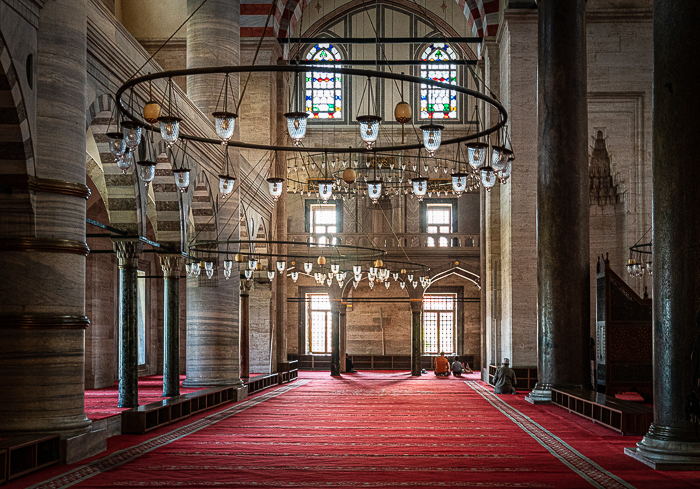
The dynamic range of the Sony mirrorless cameras can be mind-blowing if you are seeing them for the first time. The raw dynamic range of the a7R III is rated at 15 stops (14.7 EV). This is on par with the newer alpha cameras. Rarely will you need to take a bracketed HDR image.
Autofocus and Image Stabilization
Sony has systematically improved the autofocus system on cameras in their full frame alpha series. The a7R III has a hybrid AF system with 399 phase and 425 contract detection points. The autofocus points cover 80% of the sensor. When I first bought the a7R III, I was blown away by the improved autofocus system over the a7 II model. I point the camera in a general direction. Then the camera seems to magically know what I want to focus on.
Sony has improved the autofocusing system significantly on newer models. The a7 IV and the Alpha 1 both have 759 phase detection points covering 94% of the sensor. With more phase detection points covering more of the sensor, you will get more precise autofocus and better tracking in real time.
But the a7R III is no slouch when it comes to autofocus. With firmware upgrade 3.0, the a7R III got Sony’s prized Real Time Eye AF detection. This includes human and animal eye tracking modes. The camera prioritizes faces and eyes. The Alpha 1 also has a dedicated bird eye AF mode. Bird eye tracking is also included on the a7 IV.
The a7R III also has a silent shooting mode. Not all functions work in this mode. But it works well when photographing in concerts or ceremonies where shutter clicks are a distraction.
Most Sony full frame cameras have amazing 5-axis in-body image stabilization. This includes the a7R III. The image stabilization lets you shoot at slower shutter speeds and gives you up to 5.5 stops of IS. If you have not shot with a Sony, you will not believe the image stabilization. With the a7R III, I can easily shoot handheld at a quarter of a second shutter speed.
Video Specs and Performance
My experience with the video on the a7R III is somewhat limited. But I really should use this feature more. The camera can make good-quality videos.
The Sony a7R III records 4K UHD video up to 30p using a 100 MB/s bit rate. You can also choose to record in Full HD (XAVC S HD) up to 120p. You can take video in full frame mode, but the video quality is better in Super35 (APS-C) mode. This is taken from oversampled 5K video. Use the a7R III’s Hybrid Log Gamma profiles to create high dynamic range videos. You can shoot with S-log2 or S-log3 profiles.
You are limited to 30 minutes of recording and capture only 4:2:0 8-bit XAVC codec. The a7R III has a less advanced autofocus system in video recording than the newer a7 IV. It also lacks the eye AF in video that works so well on the newer models. For the occasional videographer, the a7R III performs well. It has good image stabilization and high ISO performance. But if you are after a camera with more advanced video capabilities, upgrade to the a7 IV or check out the a7S III.
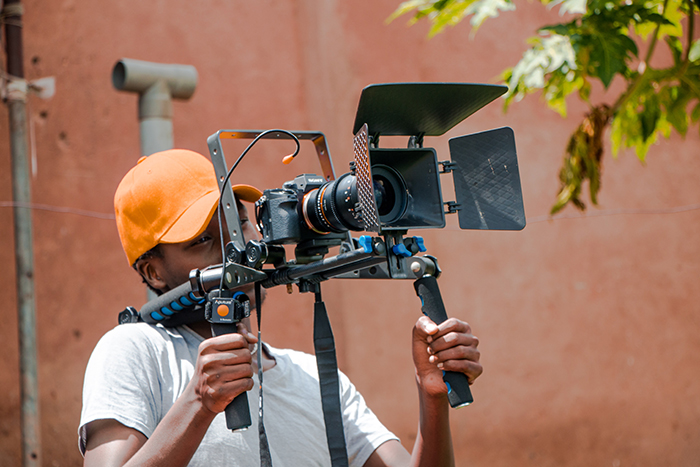
Connectivity, Battery Life, and Storage
The camera has microphone and headphone ports as well as a USB 2.0 Micro-B, USB 3.0 Type-C, 802.11/Wi-Fi, and HDMI D (Micro). It also has a flash synchronization port.
The camera has Wi-Fi, NFC, and Bluetooth connectivity. Since Sony phased out PlayMemories in favor of its Imaging Edge software, the process of pairing is particularly cumbersome. When the devices are paired, you can control the camera with your smartphone. But the connection with the smartphone is not constant, and frankly, I have given up trying to keep my iPhone and camera paired. The PlayMemories Camera apps added functionality to the camera. One of the major losses was the intervalometer. Fortunately, Sony added time-lapse with an intervalometer in a firmware update.
The Sony a7R III uses the upgraded Sony NP FZ100 battery with 2280mAh. This replaces the smaller NP FW50 battery that is used in the first and second-generation alpha cameras. The NP FZ100 is the same battery used in the newer Sony full frame cameras. It is rated for 710 shots when using the LCD screen or 610 shutter clicks using the EVF. The battery life drops a bit for newer cameras which draw more power. But photographers often report getting over 1000 shutter clicks on one battery charge. This is fewer shots than batteries in a DSLR camera but better than Canon and Nikon mirrorless equivalents. Gone are the days when you had to carry multiple batteries for a day of shooting.
The buffer on the Sony a7R III records 76 frames in JPEG and 28 RAW files. Both the a9 II and the Alpha 1 have faster fps and larger buffers. But unless you need to get a series of quick shots, the shooting speed is fine on the third-generation camera.
Who is the Sony a7R III For?
The Sony a7R III is for amateur or professional photographers on a budget. The 42 MP allows for larger prints or close cropping. Sony cameras continue to improve with each generation. But if you are not necessarily looking for the latest and greatest, the a7 RIII is a great camera to get into the full frame Sony world. The camera is one of the first to showcase Sony’s new camera improvements. It is easy to upgrade later if you start to feel the limitations of the camera.
The camera is not as fast as the newer cameras. But it will do just fine for general wildlife and sports photography. Photographers who specialize in wildlife or sports will want the speed of the a9 II or the Alpha 1.

Sony a7R III Alternatives and Comparisons
1. Sony a7R IV Mirrorless Camera
The Sony a7R IV is the natural upgrade to the a7R III. At 61 MP, this camera is the highest-resolution full frame camera on the market. This is almost a 50% increase over the a7R III. The camera retains many of the same features of the third generation, but it has an improved autofocusing system and an EVF with a higher resolution. The downside of the higher resolution is the larger file sizes. Each uncompressed RAW file easily tops 100 MB. Because this camera uses the older BIONZ X processor, it is not eligible for upgrades like the new menu system or lossless RAW compression.
This body is made for photographers who want to print high-resolution images or crop in tightly. The a7R IV is the obvious upgrade for photographers using the a7R III. But the a7 IV is the real temptation. Check out the full comparison with the a7R IV and a7 III here.
2. Sony a7 IV Mirrorless Camera
The Sony a7 IV is the generalist version of the camera, replacing the Sony a7 III. It has 33 MP, which is more than the earlier a7 III and the a9 cameras.
This body was released just months before the Alpha 1 and has some of its advanced features. It uses the improved BSI Exmore R CMOS sensor and BionZ XR image processor. The autofocus is also top-of-the-line with 759 phase and 425 contract detection points. This camera has an upgraded menu system accessible with the touch screen. You also have the option of shooting with lossless RAW compression. Video quality and accessibility greatly improved with this model. You can stream directly from the camera with USB. It also has a flip-out screen that rotates a full 180 degrees. It also has an advanced hot shoe that allows accessories like a microphone to be powered by the camera. It also has an advanced hot shoe that allows accessories like a microphone to be powered by the camera.
To get a Sony camera faster than the a7 IV, you will want to buy the a9 II with 24 MP. You can get both speed and resolution in the Alpha 1, but that comes at a steep price. The a7 IV is the perfect compromise.
See our full Sony A7R III vs Sony a7 IV comparison for more info!
3. Canon EOS R6 Mirrorless Camera
In 2020, Canon introduced the mirrorless EOS R5 and EOS R6. Both cameras are placed to compete with the Sony full frame mirrorless lineup.
The EOS R6 is closer to the Sony a7R III in terms of price and features. The EOS R6 is limited with only 20 MP. But it has an advanced autofocusing system and can take up to 20 fps, which is on par with the Sony a9 II. It has 5-axis in-body Image Stabilization (IBIS) and can achieve up to 8 stops of IBIS. The camera body is a bit larger than the Sony equivalents, and the battery does not perform quite as well. Canon’s native mirrorless lens lineup is currently limited. But if you already own Canon lenses, these can be used on the mirrorless system with an adaptor. If you are in the Canon world, you now have a very attractive mirrorless option.
See a full side-by-side comparison of the Sony A7R III vs Canon EOS R5 or with the R6.
You can also try these popular comparisons:
Our Verdict
If you are looking to jump into the Sony mirrorless system, the a7R III is a great choice. The image quality is outstanding at an affordable price. It has high resolution, great image stabilization, and a silent shooting mode. It also has good autofocus, even if it is not the best Sony has to offer. The 42 MP is a nice compromise between having more resolution and file size. You can still crop in a good bit. The newer Sony cameras outperform the Sony a7R III, but most photographers will not notice a difference. There is nothing about the camera that looks or feels dated. If you are shooting sports or wildlife, you may push the burst rate and AF system to the maximum.
As this is not the current version, you may get a good deal on a new or renewed camera body. It is the perfect full frame Sony camera to start with.

Sony a7R III
The Sony a7R III is a good camera, even in 2022. Most photographers will be happy with this model. But if you are looking for a faster camera with better video performance, buy the a7 IV. It has many of the same upgrades as the a9 II and the Alpha 1 but keeps the file size manageable at an affordable price point. The 33 MP sensor is a good compromise.
At the time of writing, the a7R V was still in the rumor stage. If you own an a7R III and it is working for you, wait to see what Sony has up its sleeve next. My a7R III is working fine, and as of now, I am not planning on upgrading. If I move more towards wildlife or video, I will probably choose the a7 IV as my next camera.
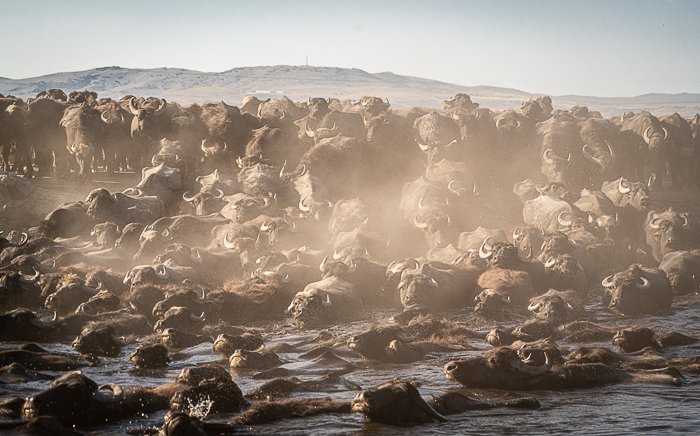
Genre Scores
I have used my a7R III for nearly five years in varying conditions. It works well as a street, travel, landscape, and action camera. But it is in the action shots that you will hit this camera’s limits. If you can afford to spend a few hundred dollars more, the Sony a7 IV is worth the extra cost.
Beginner Friendly: 90%
Portrait: 85%
Landscape: 95%
Sports and Action: 80%
Low Light/Night: 90%
Street: 100%
Value for Money: 90%


